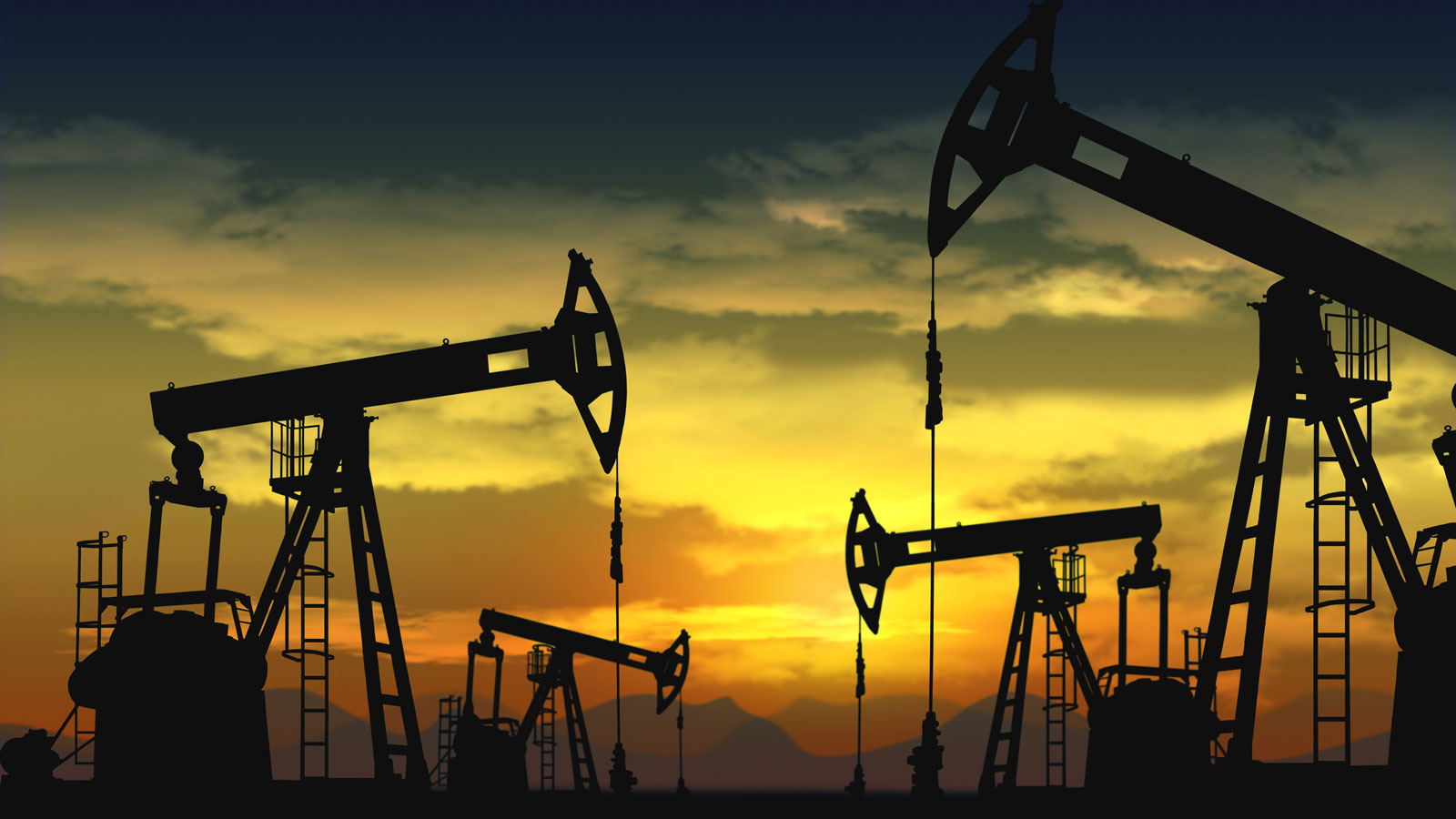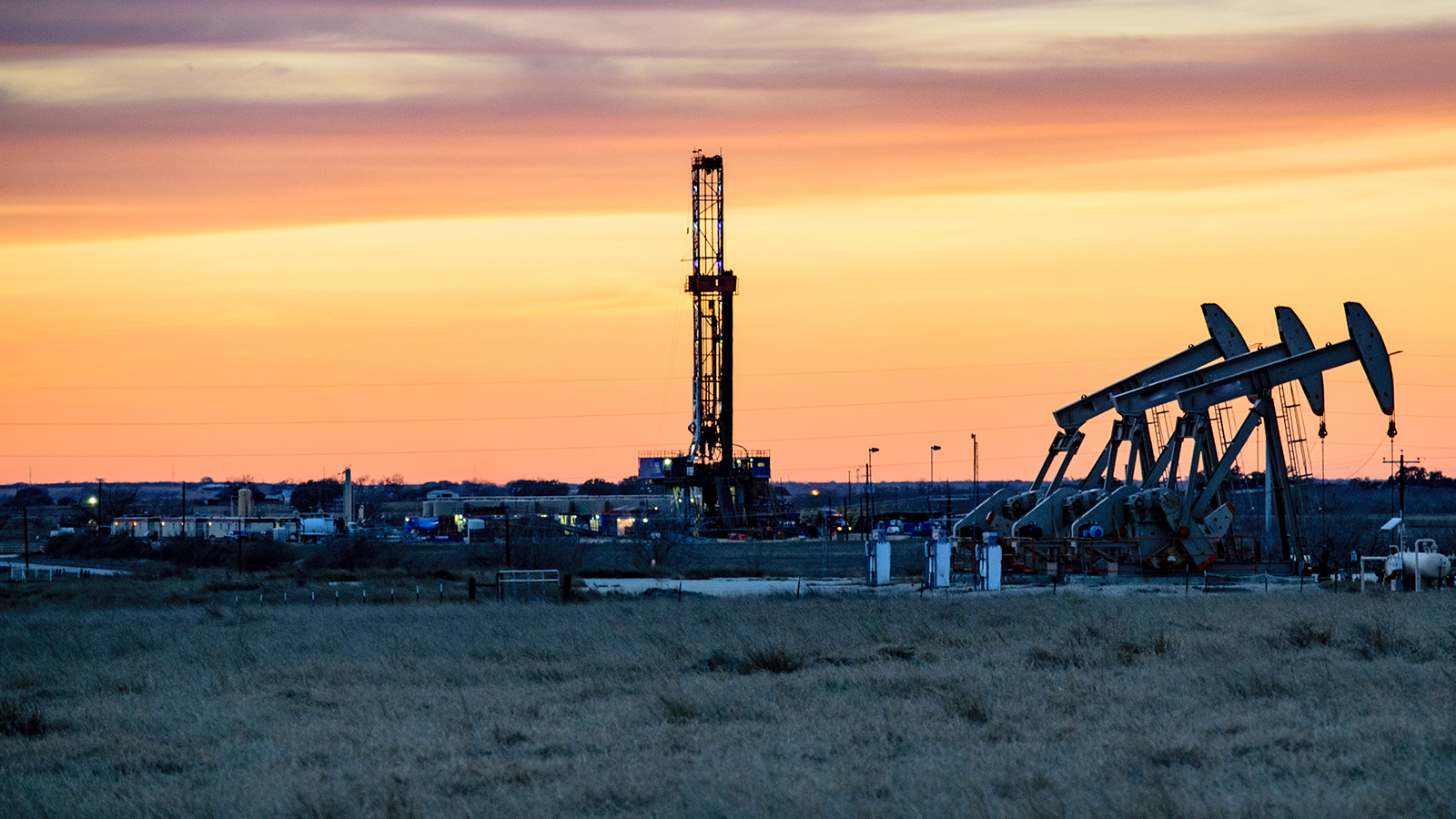
Dangerous and Close
Fracking Puts the Nation’s Most Vulnerable People at Risk
Oil and gas companies are fracking near our communities, polluting our air and water, and risking the health of our children and other vulnerable populations. Fracking often is done very close to vulnerable people – infants, school children, the elderly and those with weakened immune systems – even though communities typically seek to keep industrial activities far away from facilities serving these populations, such as schools, hospitals, nursing homes and day care centers.
Downloads
Oil and gas companies are fracking near our communities, polluting our air and water, and risking the health of our children and other vulnerable populations. Fracking operations are intensive industrial activities involving diesel-powered machinery, the use of large volumes of chemicals, and the storage of vast amounts of hazardous wastewater. Fracking often is done very close to vulnerable people – infants, school children, the elderly and those with weakened immune systems – even though communities typically seek to keep industrial activities far away from facilities serving these populations, such as schools, hospitals, nursing homes and day care centers.
In nine of the most heavily drilled states – Arkansas, California, Colorado, New Mexico, North Dakota, Ohio, Pennsylvania, Texas and West Virginia – oil and gas companies have drilled at least 160,000 fracked wells since 2005. Many of those wells have been drilled close to hospitals, nursing homes, schools and day cares. Thousands more wells have been drilled and fracked in other states.
Drilling companies are fracking for oil and gas in close proximity to many vulnerable Americans.
- There are 1,947 child care facilities, 1,376 schools, 236 nursing care providers and 103 hospitals within a one-mile radius of fracked wells in the nine states examined. (See Figure ES-1.) Often, these facilities are located close to more than one well and are also near compressor stations, pipelines and other fossil fuel infrastructure with impacts on public health.
- More than 650,000 kindergarten through twelfth grade children attend school within one mile of a fracked well.
- The highest percentage of children attending school close to fracked wells is in West Virginia, where 8 percent of children spend their school days within one mile of a fracked well.
- In Texas, 9 percent of day care centers are within one mile of a fracked well.
Figure ES-1. Hospitals, Nursing Homes, Schools and Day Care Facilities within One Mile of a Fracked Well, 2005 through early 2016, Arkansas, California, Colorado, New Mexico, North Dakota, Ohio, Pennsylvania, Texas and West Virginia
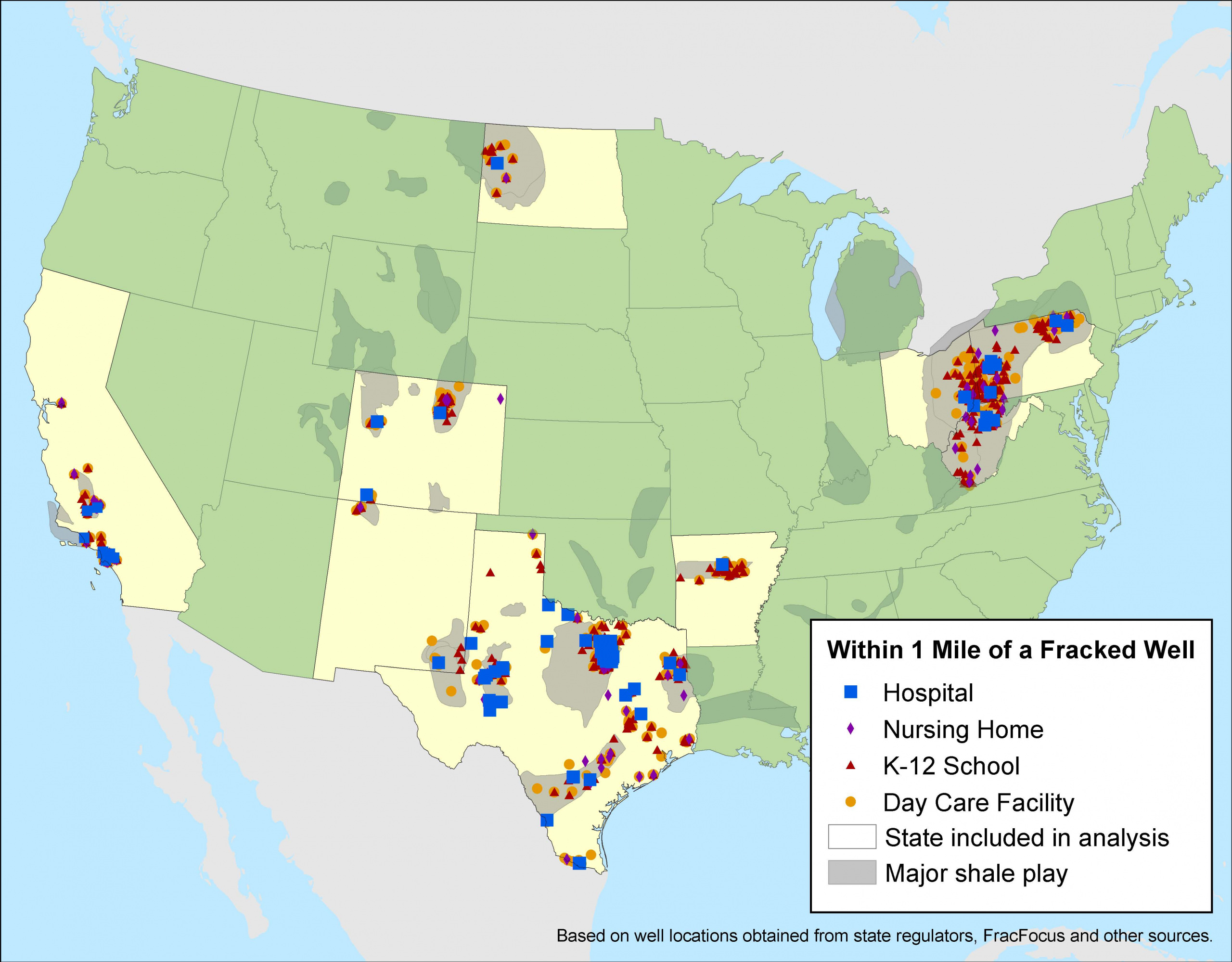
Table ES-1: Proximity of Facilities Serving Vulnerable Populations to Fracked Wells

Table ES-2: Number of K-12 Students Attending School near a Fracked Well
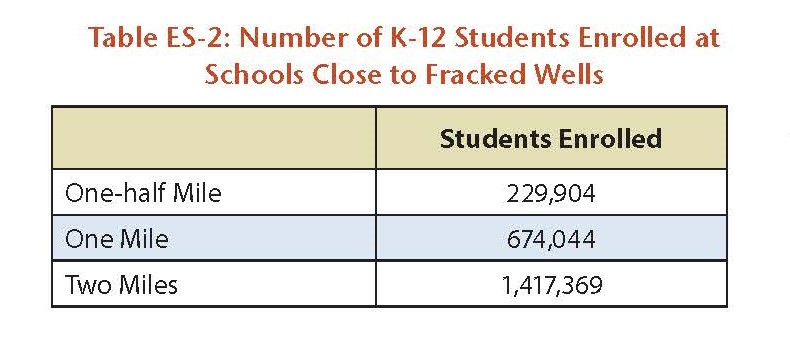
Fracking creates a range of threats to public health and safety.
- Explosions, fires and other incidents at well sites can present an immediate safety threat to nearby residents, occasionally resulting in evacuations of homes and businesses.
- Fracking brings with it the potential for spills, blowouts and well failures that can contaminate drinking water.
- Fracking creates health-threatening air pollution. Volatile compounds including carcinogens in oil and natural gas formations and diesel engine exhaust contribute to the formation of soot and smog pollution, which reduces lung function among healthy people, triggers asthma attacks, and has been linked to increases in school absences, hospital visits and premature death.
- Fracking also creates increased truck traffic, which in turn raises the risk of accidents, and creates excessive noise and light, which can disturb sleep patterns and increase the risk of high blood pressure, heart attacks and strokes.
People who live near fracking sites are at an increased risk of health problems.
- Researchers at Johns Hopkins University have found that Pennsylvanians with asthma who live near fracked oil and gas wells had more asthma flare-ups that required medical care than did patients who lived farther away.
- In Colorado, residents living within one-half mile of natural gas wells were exposed to air pollutants that increased their risk of illness.
Children, the elderly and the sick are particularly vulnerable to the health risks created by fracking.
- Children’s developing respiratory, immune and nervous systems are more susceptible to damage from toxic chemicals. In addition, children tend to breathe more rapidly than adults and are also more likely to play outdoors, increasing their exposure to air pollution from fracking.
- Older adults and the sick have weaker immune systems and more difficulty breaking down toxins in the body. In addition, people with pre-existing cardiovascular disease are more likely to suffer a heart attack or a stroke after exposure to elevated levels of soot pollution, such as that from diesel trucks or a drilling rig.
Given the scale and severity of fracking’s impacts, banning fracking is the prudent and necessary course to protect public health and the environment.
- Until fracking ends, state and federal officials must take action to protect public health and the environment from the impacts of oil and gas production.
- Existing fracked oil and gas wells should be closed, beginning with those that are closest to vulnerable populations. As documented in this report, tens of thousands of our most vulnerable residents live, play, receive health services or study very close to fracked wells. Closing those wells would help protect public health.
- The federal government should close loopholes that exempt the fracking industry from key elements of the Resource Conservation and Recovery Act, the Safe Drinking Water Act, the Clean Air Act, the Clean Water Act, and the National Environmental Policy Act.
- At the same time, all levels of government should act to accelerate our transition to 100 percent renewable energy, including investments in energy efficiency and increasing development of clean, renewable energy sources.
The legacy of hydrocarbon extraction and the rapid spread of fracking across the U.S. over the last decade has caused widespread harm to our environment and our health. By limiting fracking and ensuring that all oil and gas production is tightly regulated, the nation can take the first steps toward healing the damage.
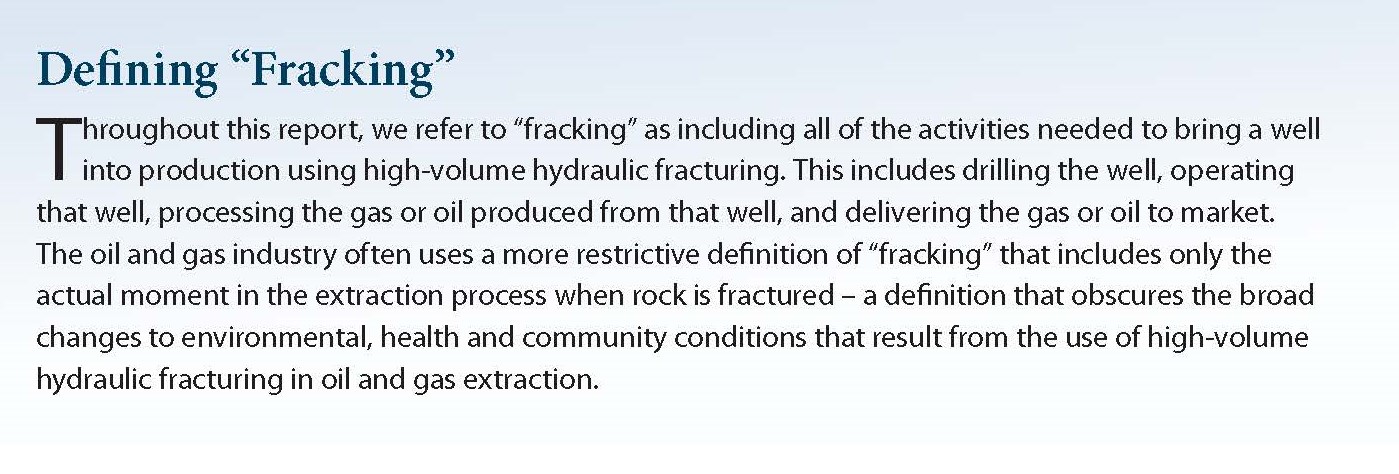
Topics
Find Out More

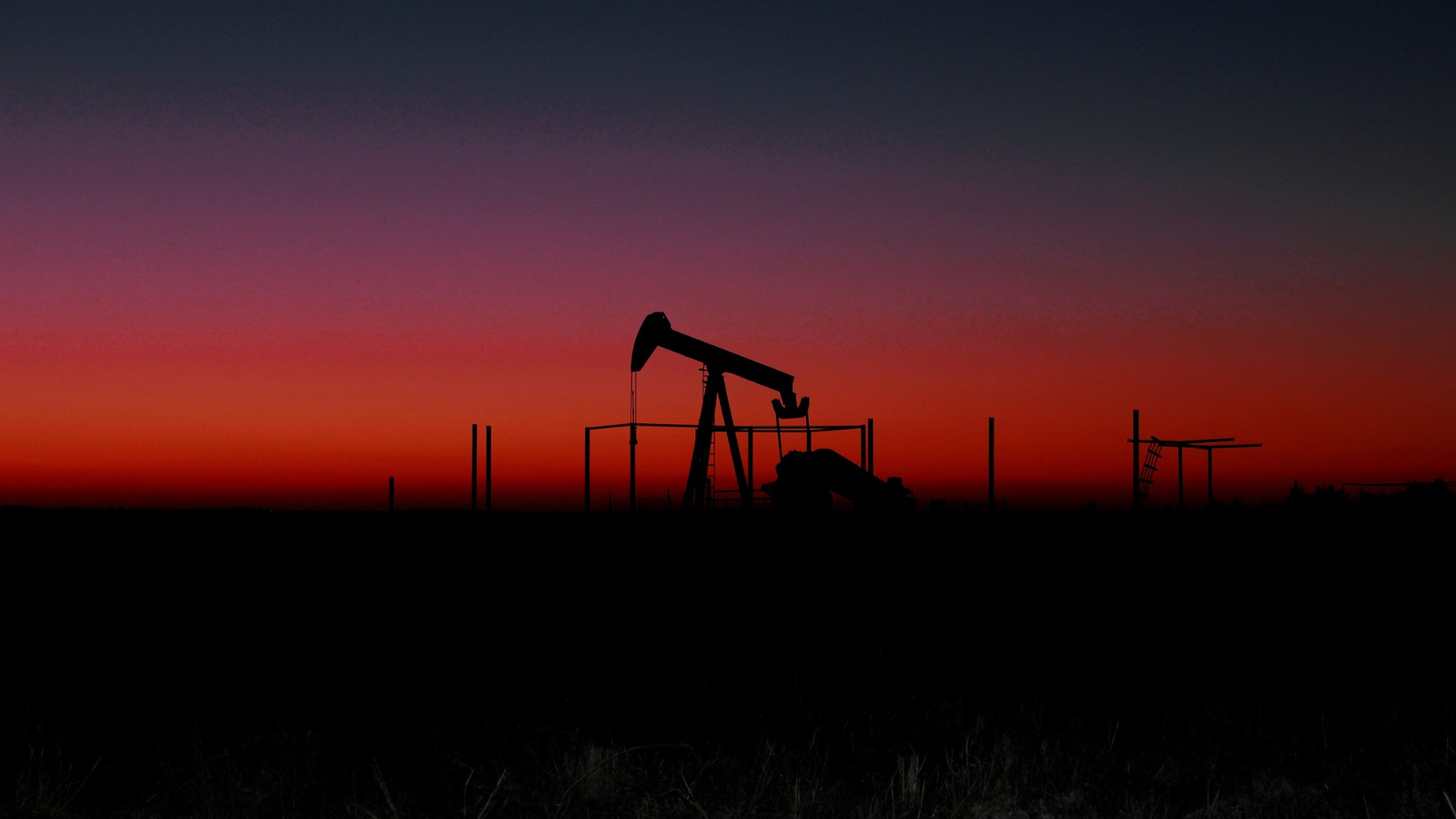
Coalition calls on Gov. Newsom to end fossil fuel subsidies
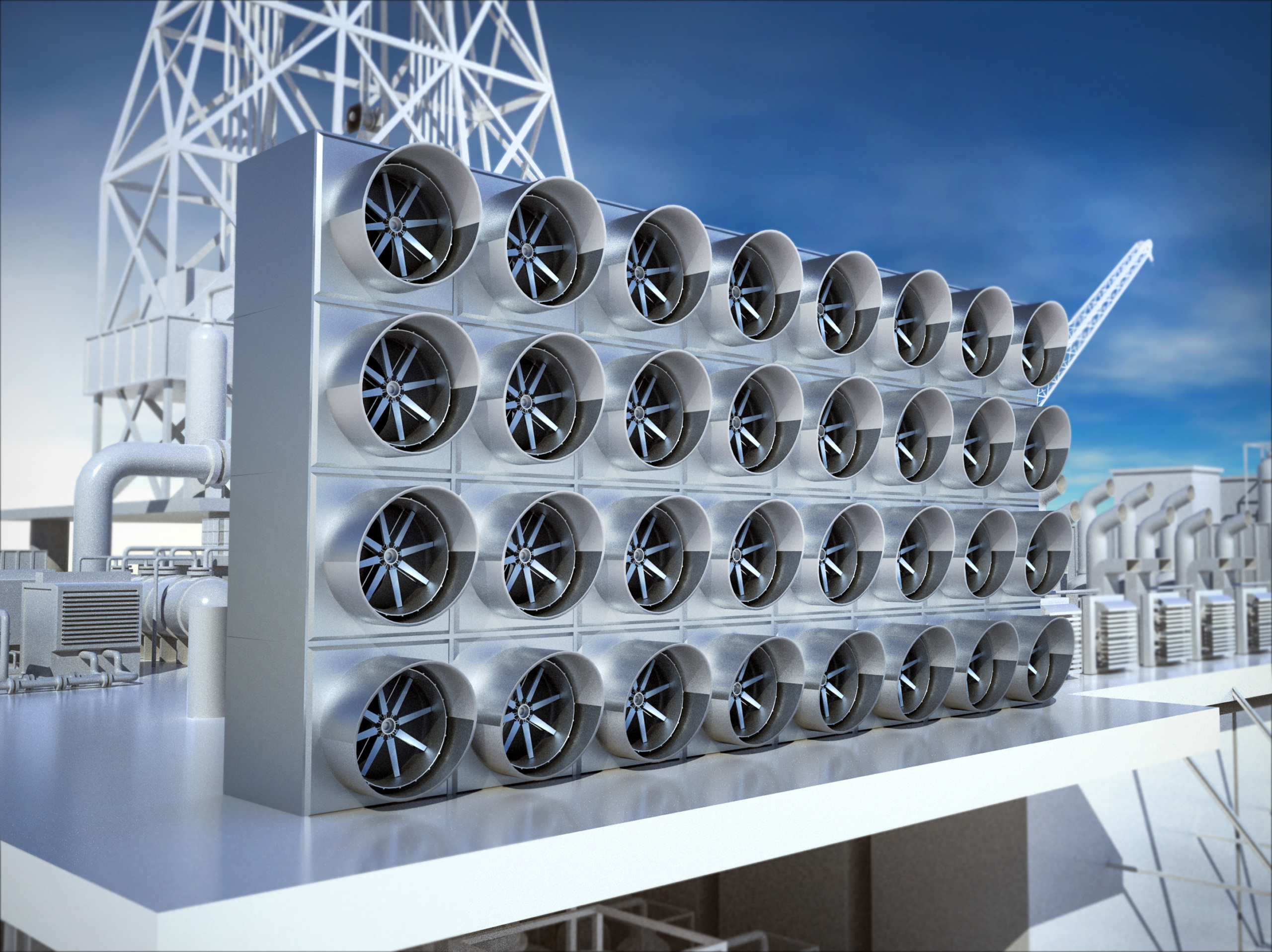
Carbon dioxide removal: The right thing at the wrong time?
